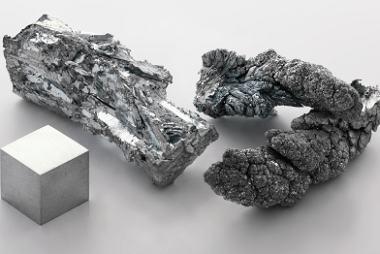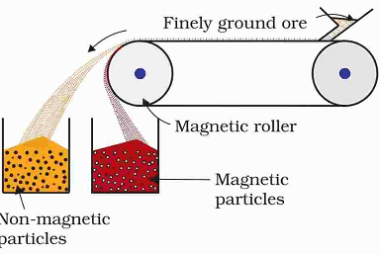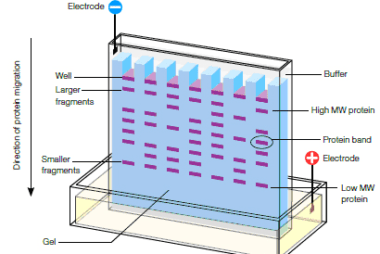Advance Course AIIMS-SYLLABUS Chemistry syllabus Iron
Iron Iron is a chemical element with the symbol Fe and atomic number 26. It is one of the most abundant elements on Earth and has numerous applications in various fields due to its unique properties. Here are some key points about iron: It’s important to note that iron is a broad and complex topic…









